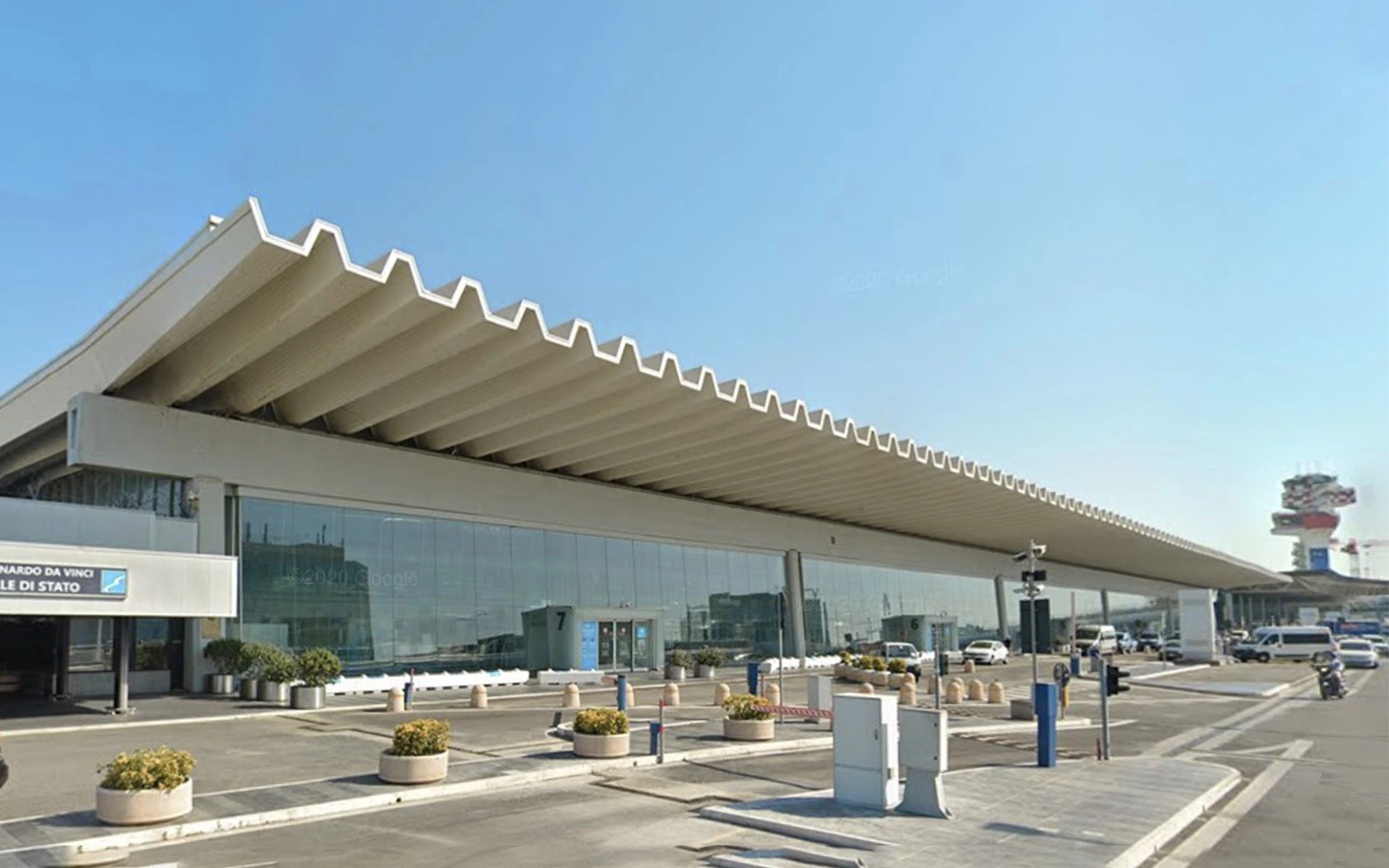On 13 May 2025, the new Terminal 3 of Rome Fiumicino’s “Leonardo da Vinci” airport was inaugurated, marking a significant milestone for innovation and safety in Italian air transport: a clear affirmation of the strategic centrality of Fiumicino airport on the international scene, confirmed by numerous awards worldwide.
The infrastructure, the heart of the non-Schengen airport, has undergone redevelopment and expansion involving 41,000 square metres on three levels, giving it a new architectural and functional identity. With an investment of over 250 million euro and the involvement of 25 Italian companies, the work took place over four years, without ever interrupting the airport’s operations.
Let’s take a look at the objectives of the project and the intervention of Incide.
More capacity, more comfort, more safety: the goals of the new T3
The work on Terminal 3 was designed with the aim of optimising flows, improving services and ensuring a more efficient, safe and smooth travel experience. The spaces were redesigned not only to accommodate an increasing number of passengers, but also to offer modern, bright and technologically advanced environments.
Among the elements that define the new face of Terminal T3 are:
- An increased capacity of more than 30 per cent for arriving passengers, crucial to meet the demand of the 2025 summer season.
- Six new check-in islands with 150 additional desks, bringing the total to 248 desks, 60 of which are self-service.
- An enhanced baggage handling system, with belts increased from 9 to 14 and an overall length doubled from around 400 to 800 metres.
- A completely renovated security control area, equipped with 11 RX machines and redefined customs areas for transit flights.
- The restyling of the façade, restoring the building’s original values of visual transparency and natural luminosity.
- Major structural and plant engineering interventions, with earthquake reinforcements, lighting renovation and the installation of over 3,100 fire detectors, 88 smoke extractors and 15 new AHUs (Air Handling Units).
The result is an infrastructure capable of combining functionality, safety and architectural quality, in line with the standards of major international hubs.
Incide alongside ADR for cutting-edge fire engineering
As part of this wide-ranging project, Incide Engineering was commissioned by ADR -Rome Airports to design the entire fire protection upgrade of Terminal 3.
One of the main complexities of the project stemmed from the need to preserve the historic steel roof designed by engineer Morandi, an iconic element of the structure that is architecturally and engineering constrained. This constraint imposed targeted design solutions, capable of integrating new safety systems without altering the historical essence of the building.
In order to meet the requirements of the client and the regulations in force, Incide developed a multi-level project:
- The realisation of CFD (Computational Fluid Dynamics) models to simulate realistic fire scenarios inside the terminal, which are essential to precisely define the smoke management and evacuation strategy.
- The elaboration of an executive design of the forced smoke extraction system, with evacuators placed in strategic positions, directly guided by the results of fluid dynamic simulations.
- The verification of the existing structures using FSE – Fire Safety Engineering methodologies, with particular attention to the steel elements of the Morandi roof, evaluated with respect to fire behaviour and thermal load.
- The design of the entire fire detection system and its electronic activation system, with synchronism between the extraction elements and electrical supervision, also by Incide.
All services – structural engineering, electrical, mechanical and fire-fighting systems – were provided in an integrated manner, with a multidisciplinary approach that made it possible to guarantee operational continuity and full compliance with the projected timeframe between 2020 and 2022.
The Terminal 3 project is part of a long-standing journey that sees Incide as a key player in the design of airport infrastructure at national and international level. The company boasts advanced engineering skills in the fields of security, MEP design and integrated management of large hubs.
Over time, Incide has contributed to the development of passenger terminals, hangars, control towers and airport master plans, in major BIM projects such as the Qatar Airways Maintenance Hangar in Doha or the Bâtiment de Jonction at Orly Airport.
The integration between disciplines, the use of advanced design tools and the ability to dialogue with public and private stakeholders make Incide a reference point in the aviation sector.


